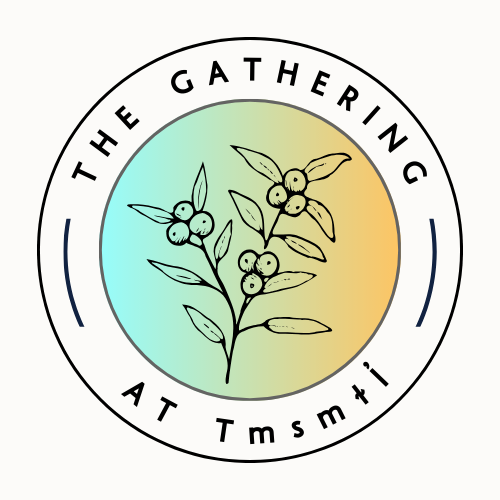Visions of Lewis & Clark, artist-created kites inspired by Lewis & Clark and the people, places, and animals they encountered on their journey, and a companion exhibit, Age of Play: A Look at 19th Century Games.
New Exhibits
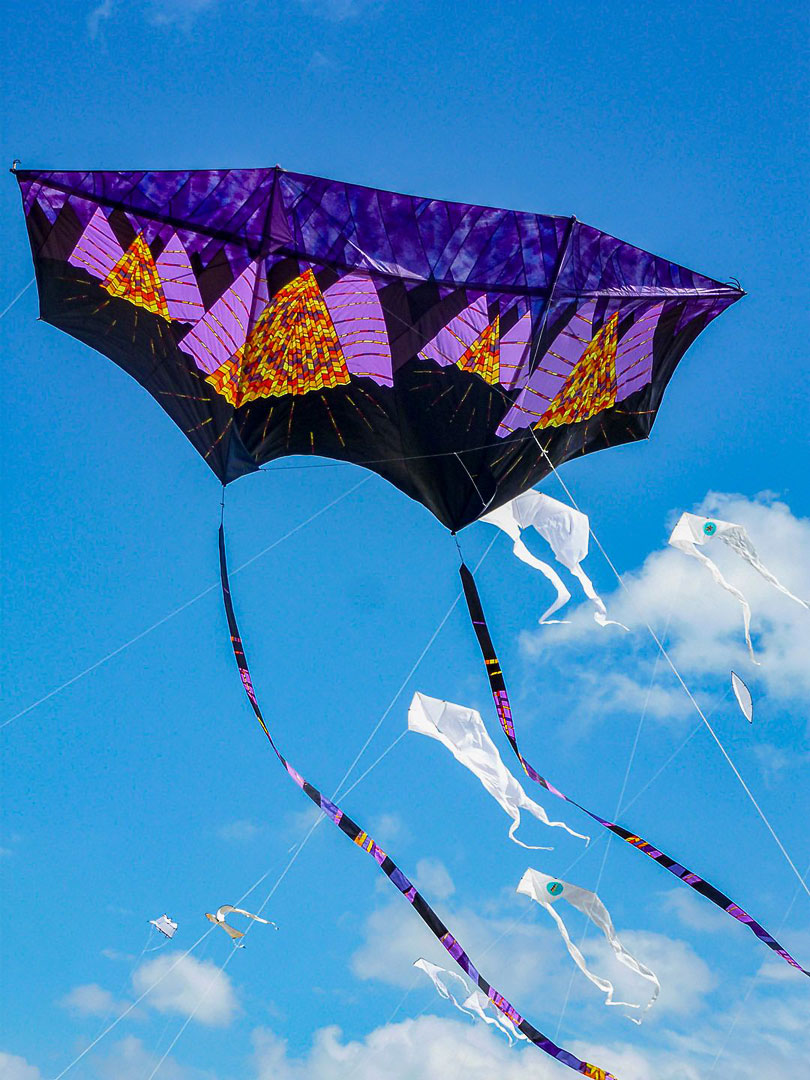

Visions of Lewis & Clark, artist-created kites inspired by Lewis & Clark and the people, places, and animals they encountered on their journey, and a companion exhibit, Age of Play: A Look at 19th Century Games.
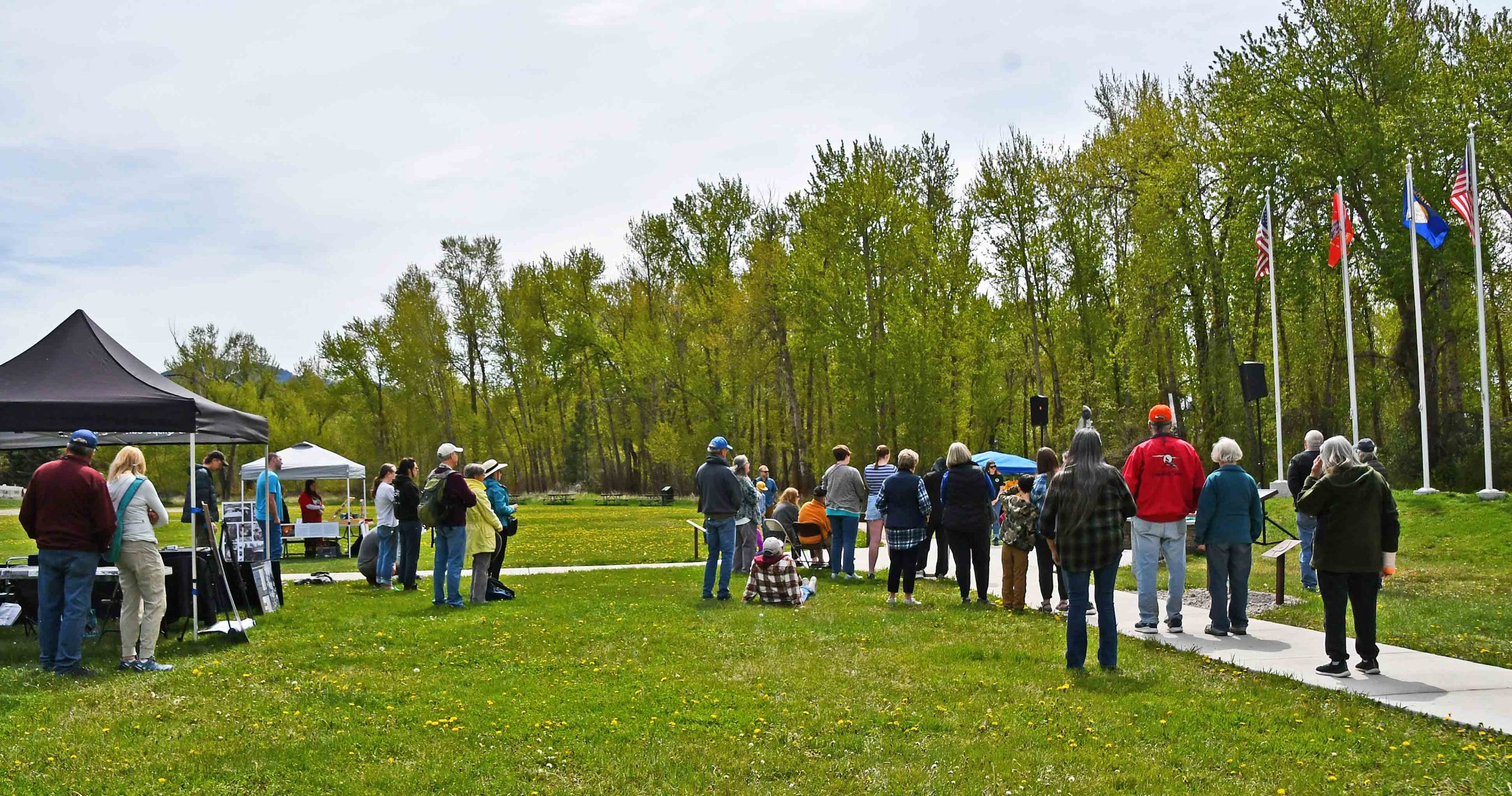
Indigenous people have gathered for thousands of years in the place the Séliš called Tmsmɫl̓. On May 2 & 3, we’ll gather to celebrate traditional and contemporary Indigenous culture with art, demonstrations, food, and more.
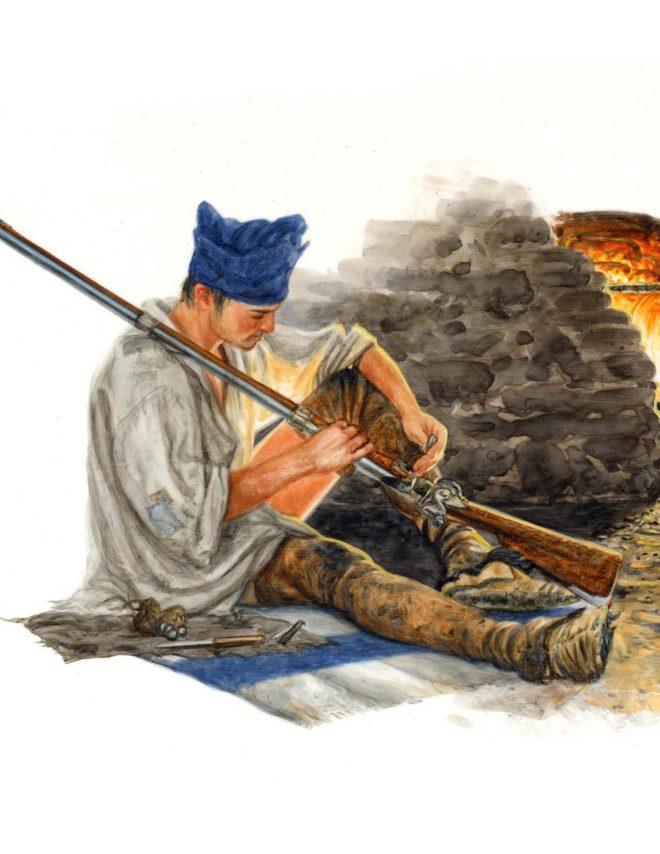
An exhibition celebrating the diverse skills and backgrounds of the members of the Expedition with artwork by Michael Haynes. Opens November 25, 2023.
On August 15, from 5 – 8 pm, The Dram Shop Midtown will donate a portion of proceeds to support field trips and other educational programs at Travelers’ Rest State Park. Raise a glass to raise some funds!

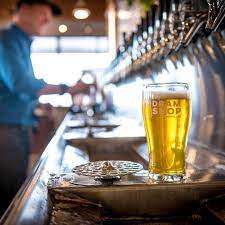
On August 15, 2023, from 5 – 8 pm, The Dram Shop Midtown will donate a portion of their proceeds to support field trips and other educational programs at Travelers’ Rest State Park.
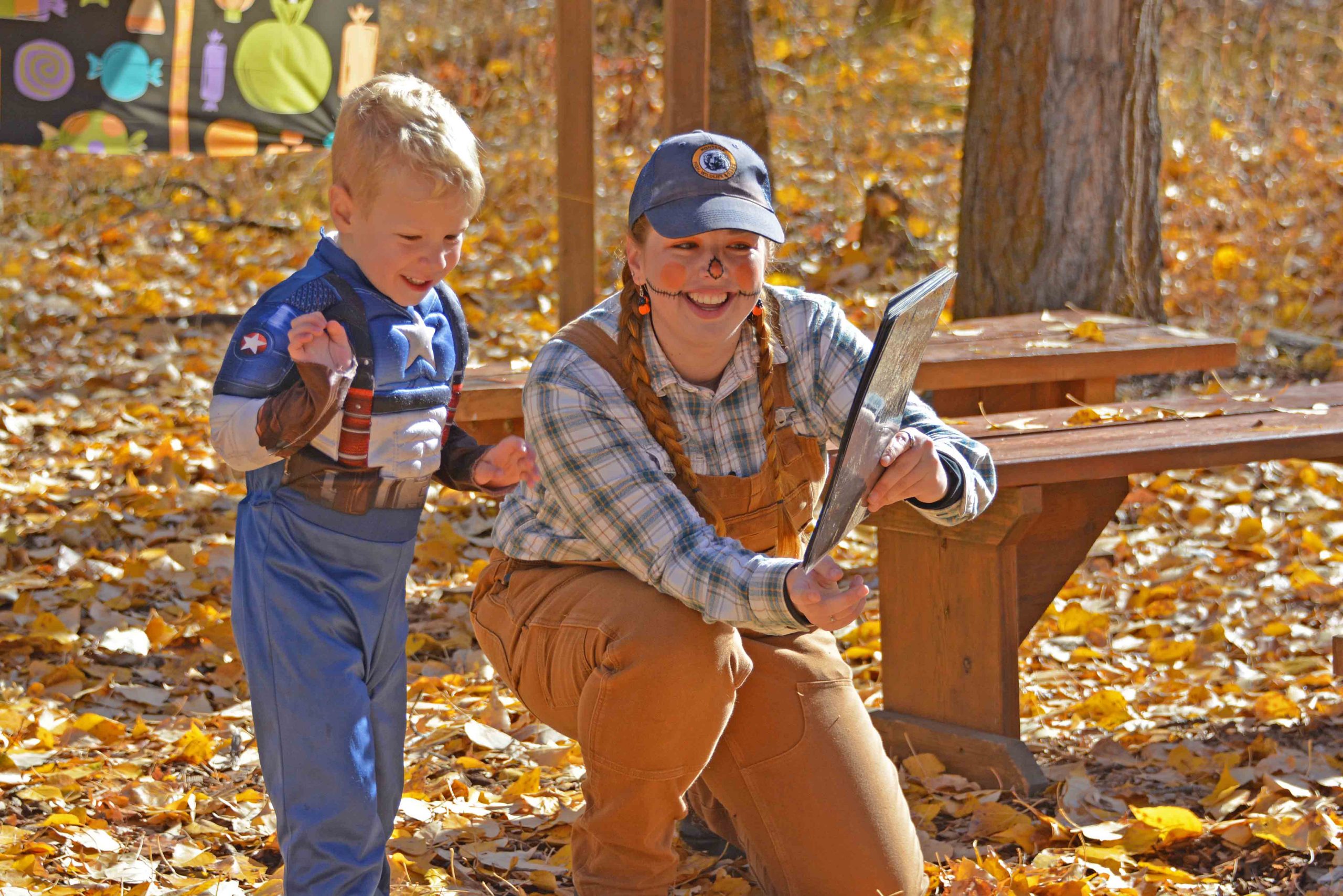
October 26, 1 to 4 pm
A howling good time for Halloween. FREE with a donation of nonperishable food for the Food Bank. Treat bags for the first 150 kiddos!
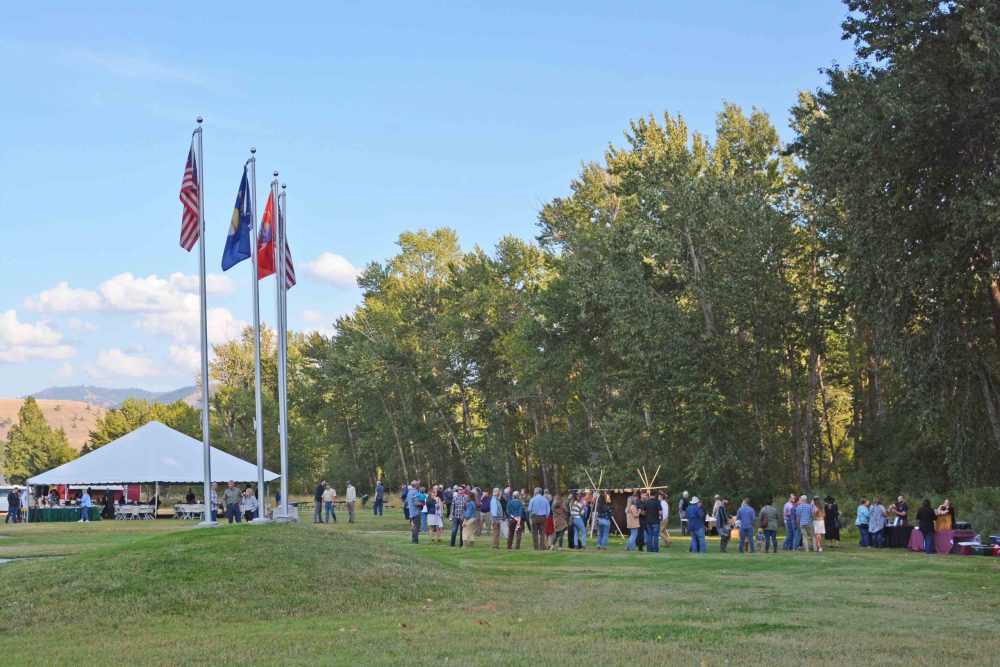
A fun, outdoor fundraiser to support educational programs at Travelers’ Rest. Friday, September 12, 2025.
Please join us on September 12, at Travelers’ Rest State Park for a unique event to support educational programs like field trips, Trekker Kids, and Saturday Storytelling.
A Taste of the 19th Century includes a dinner of Expedition-inspired cuisine from A Moveable Feast catering.. Our neighbors at Lolo Creek Distillery will mix up some festive cocktails and Lolo Peak Brewing Company will provide beer and wine. Each ticket includes a commemorative pint cup and one drink ticket.
During the event, you can visit with demonstrators to learn more about the Lewis & Clark Expedition. A live auction will feature one-of-a-kind experience packages. And, make sure you save room for our famous dessert auction of donated cakes, pies, and more!





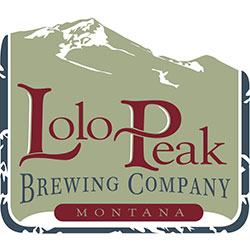

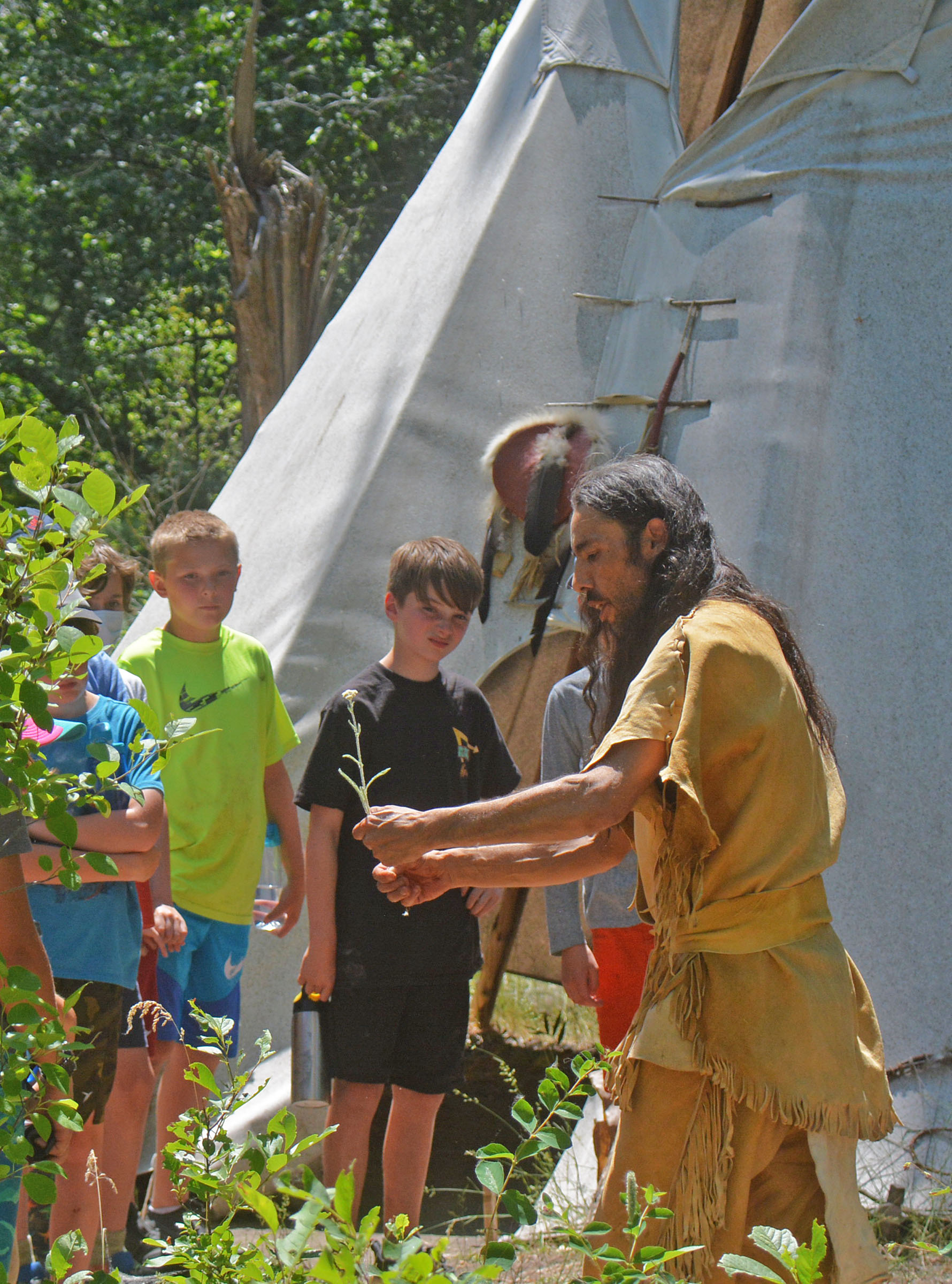
Indigenous artists and elders share both traditional skills and contemporary artwork.
Two local artists will enjoy a month-long residence at Travelers’ Rest State Park beginning April 7, 2025. Cory McKague and Kaitlynn Radloff are among the spring cohort of OpenAIR artists-in-residence. McKague and Radloff will speak about their art and processes at 5:30 pm on April 22, in the Travelers’ Rest State Park Visitor Center.
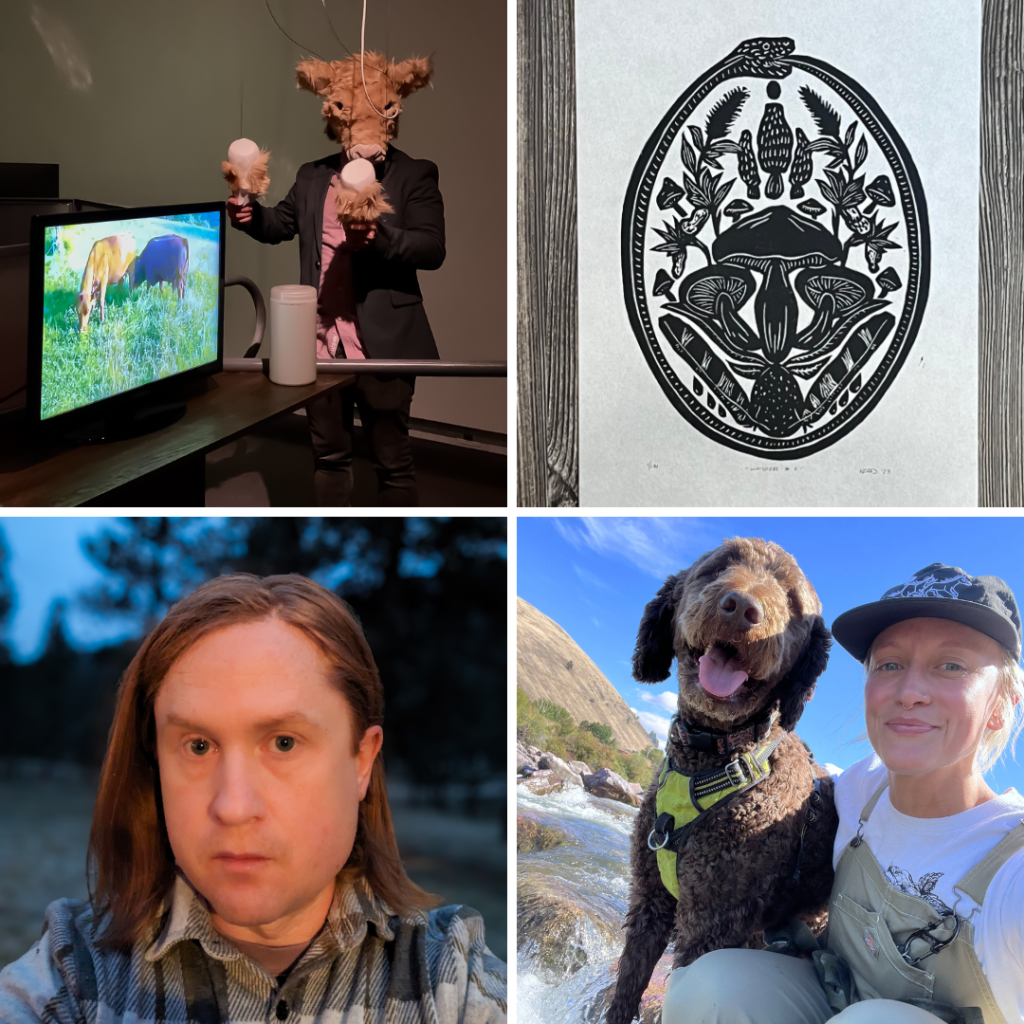
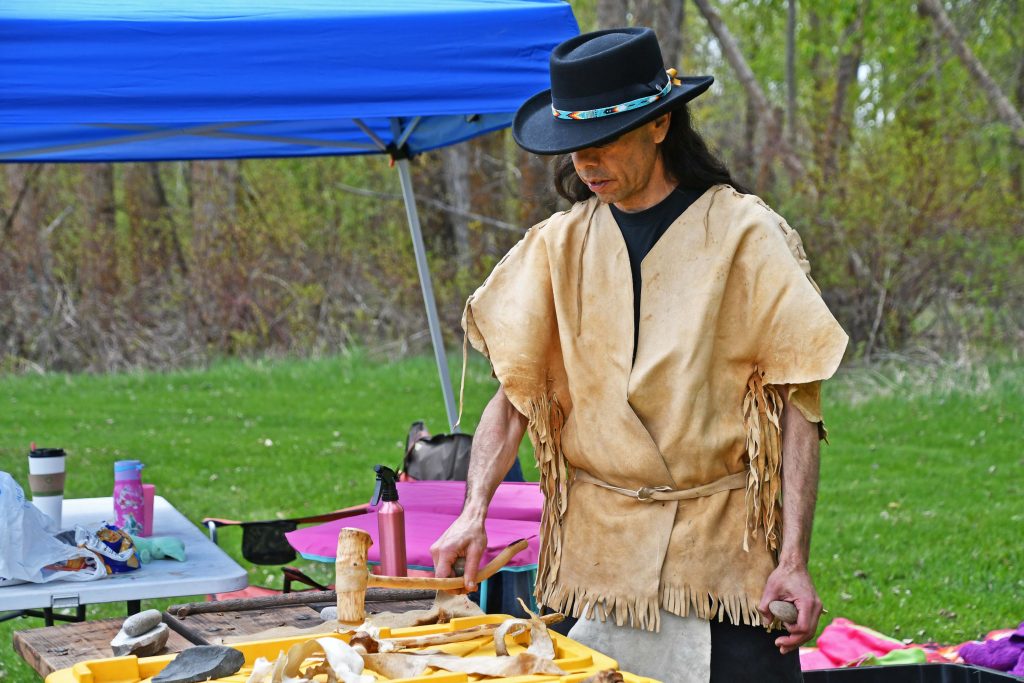
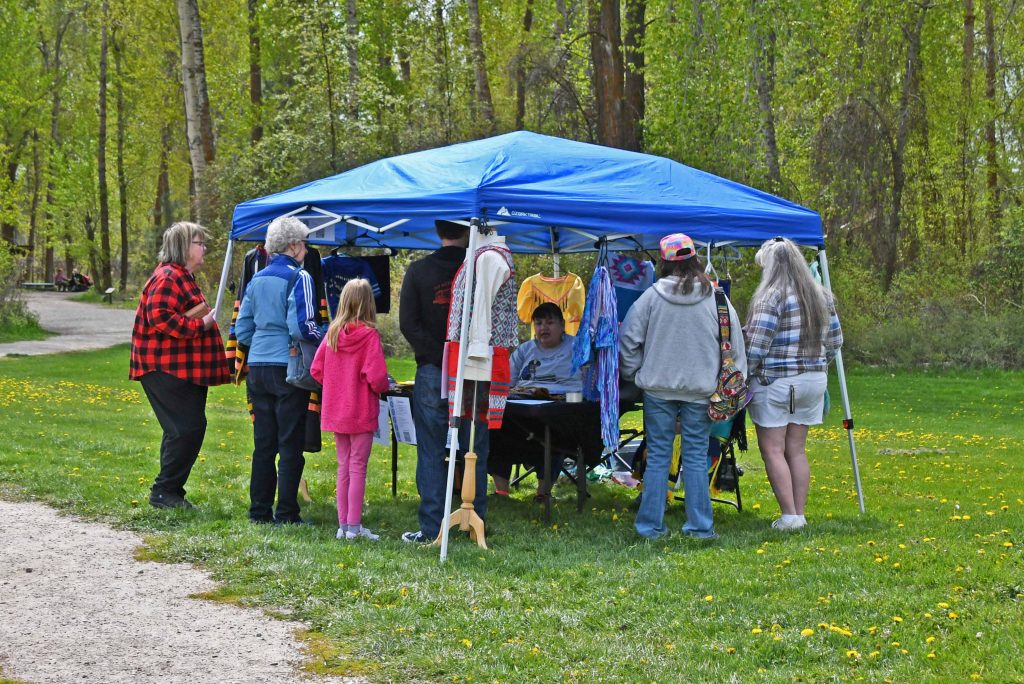
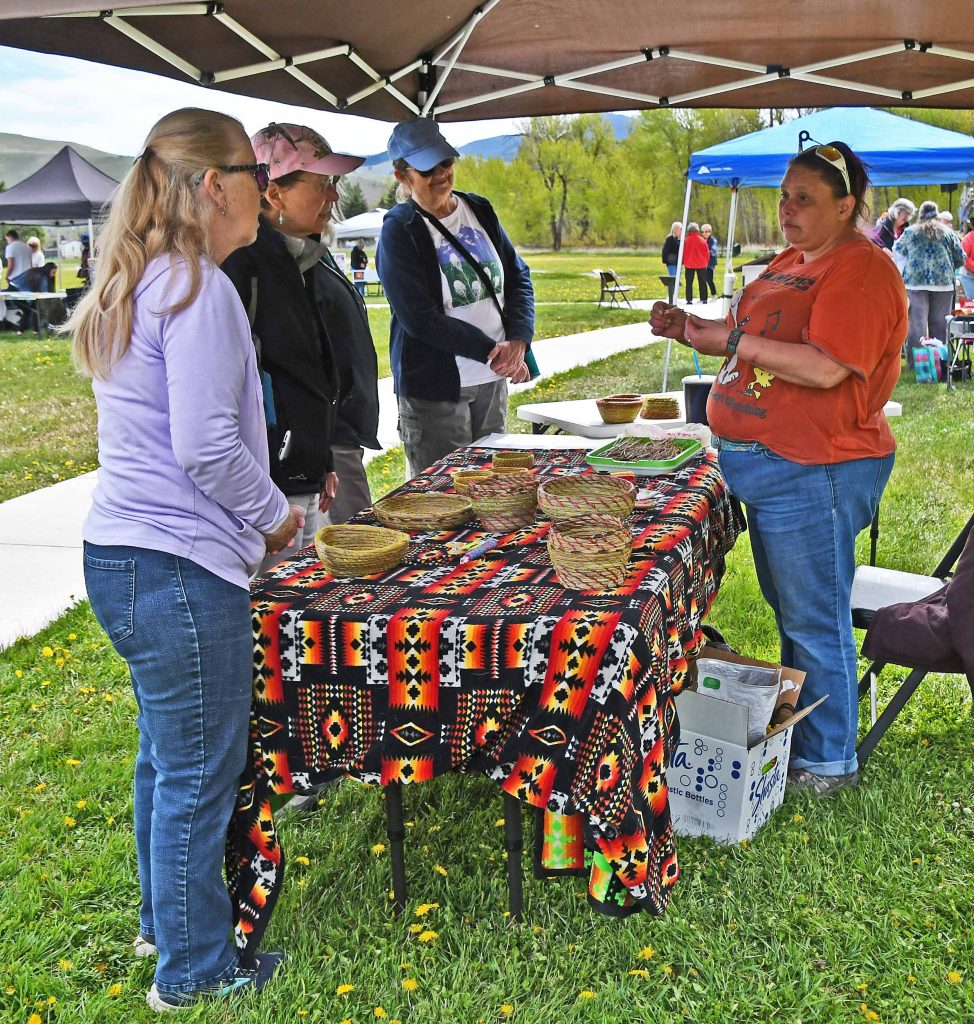
In partnership with the the Séliš-QỈispé Culture Committee, Travelers’ Rest Connection presents The Gathering at Tmsmli, a two day celebration of Indigenous art and culture.
On Friday, May 2, we’ll welcome 300 elementary school students from Lolo and Missoula to experience education stations in Séliš language, Native American games, Indigenous crafts, and more. (The park will be open to the general public as well.)
Saturday, May 3, brings Indigenous artists to sell their work, food trucks, craft activities for all ages, and music. Meet these amazing Indigenous makers and support their businesses from noon to 4 pm.
